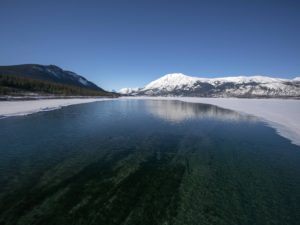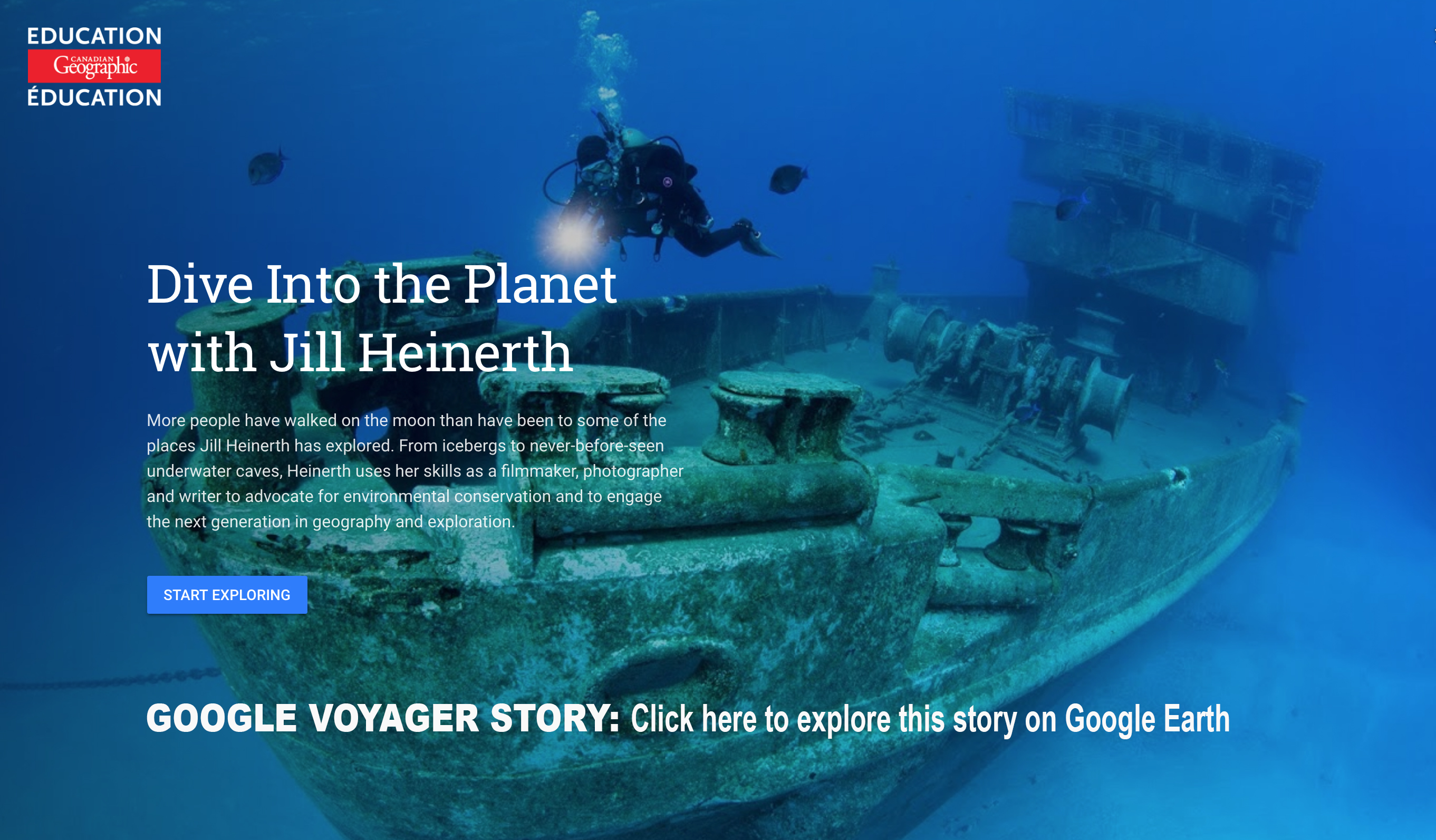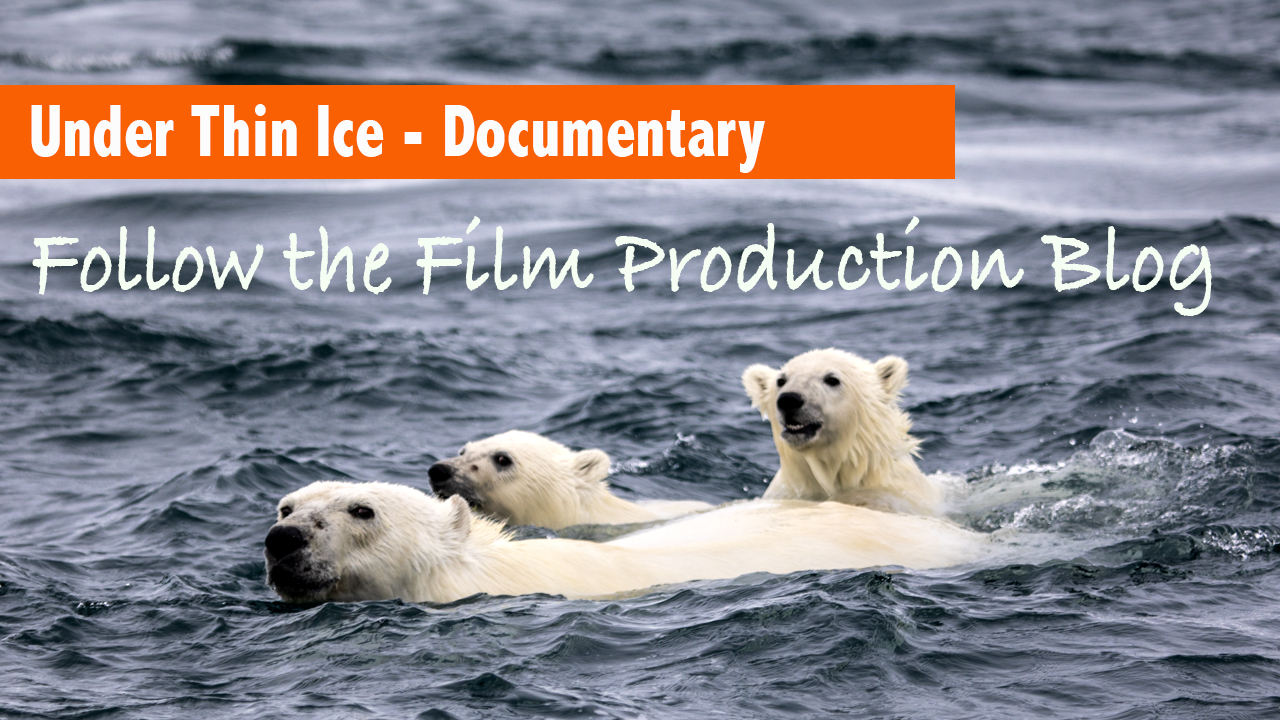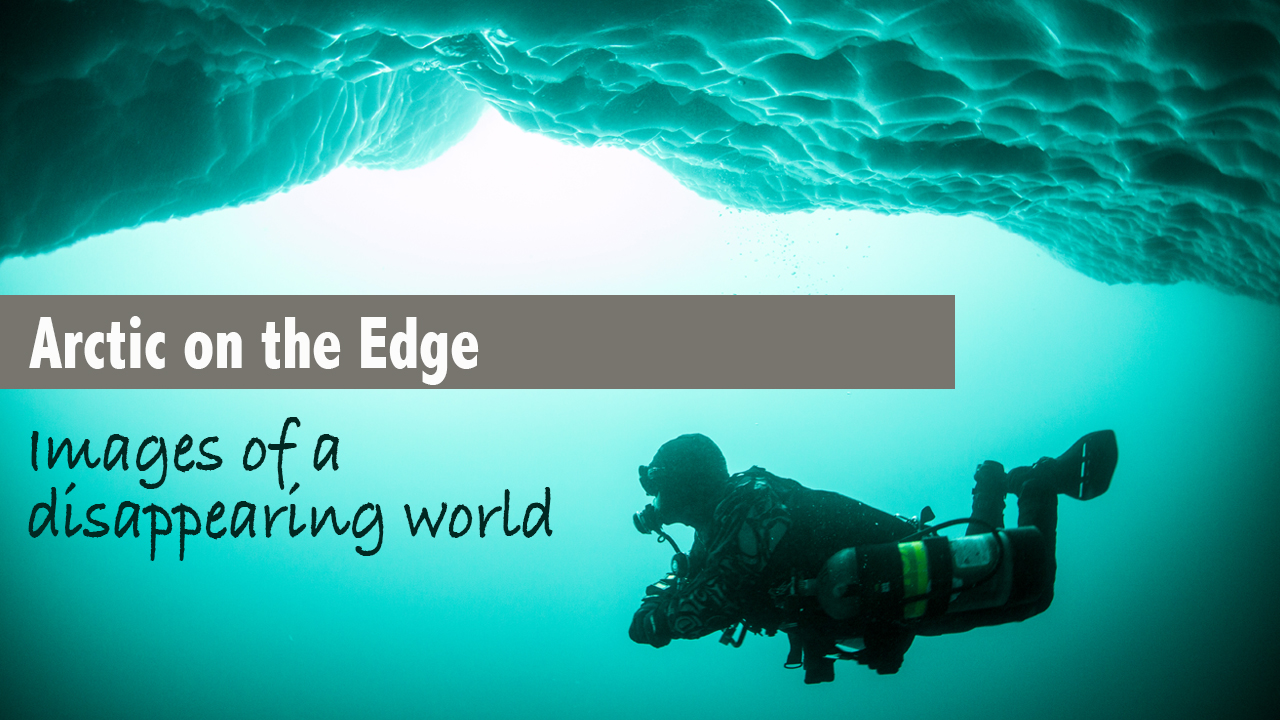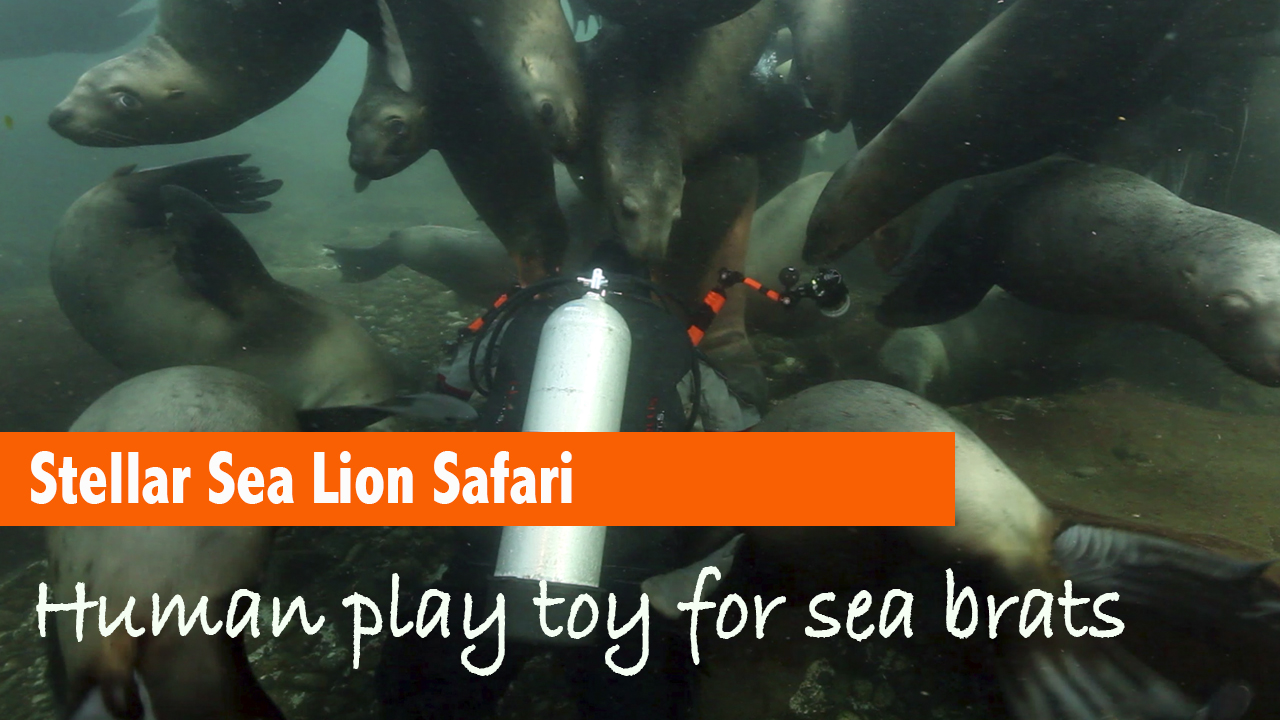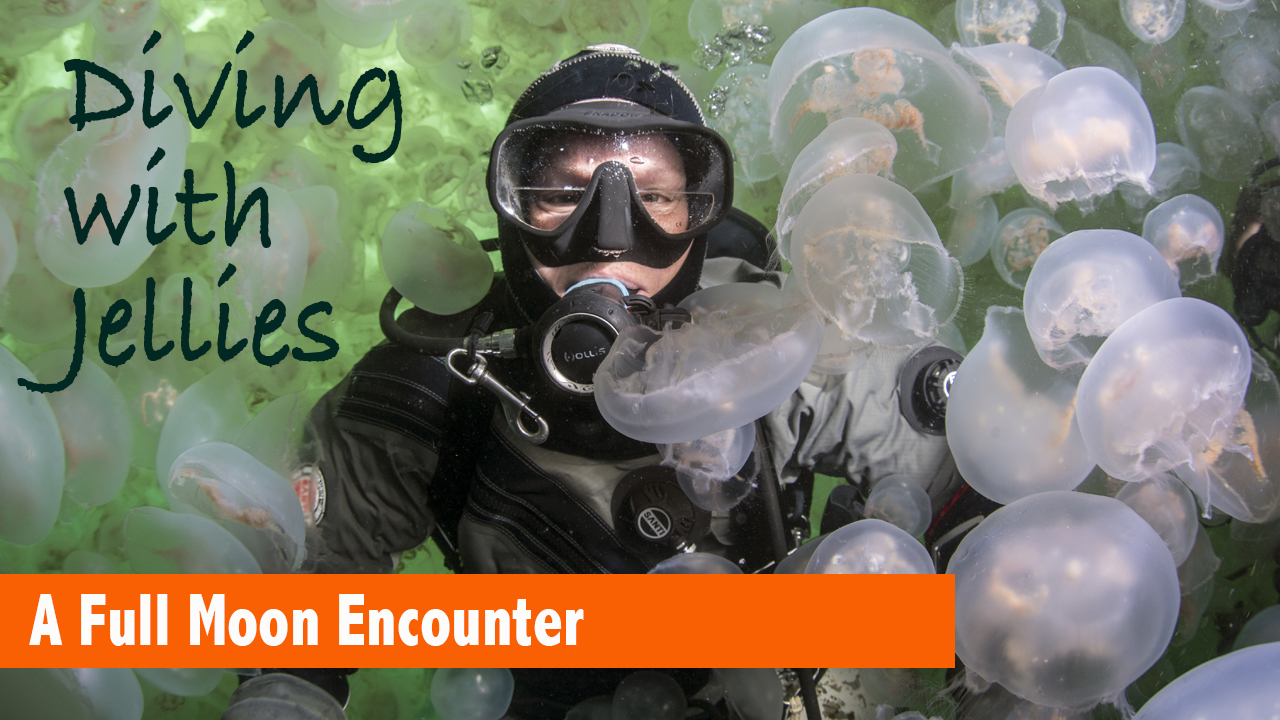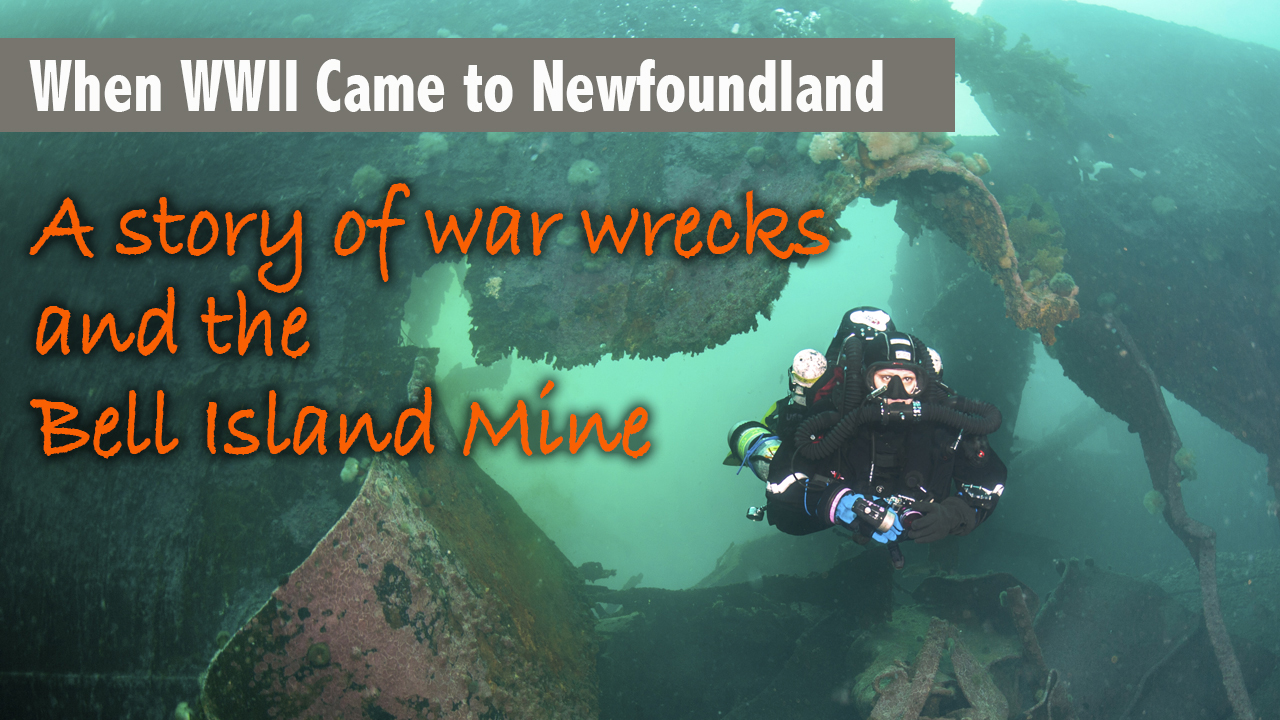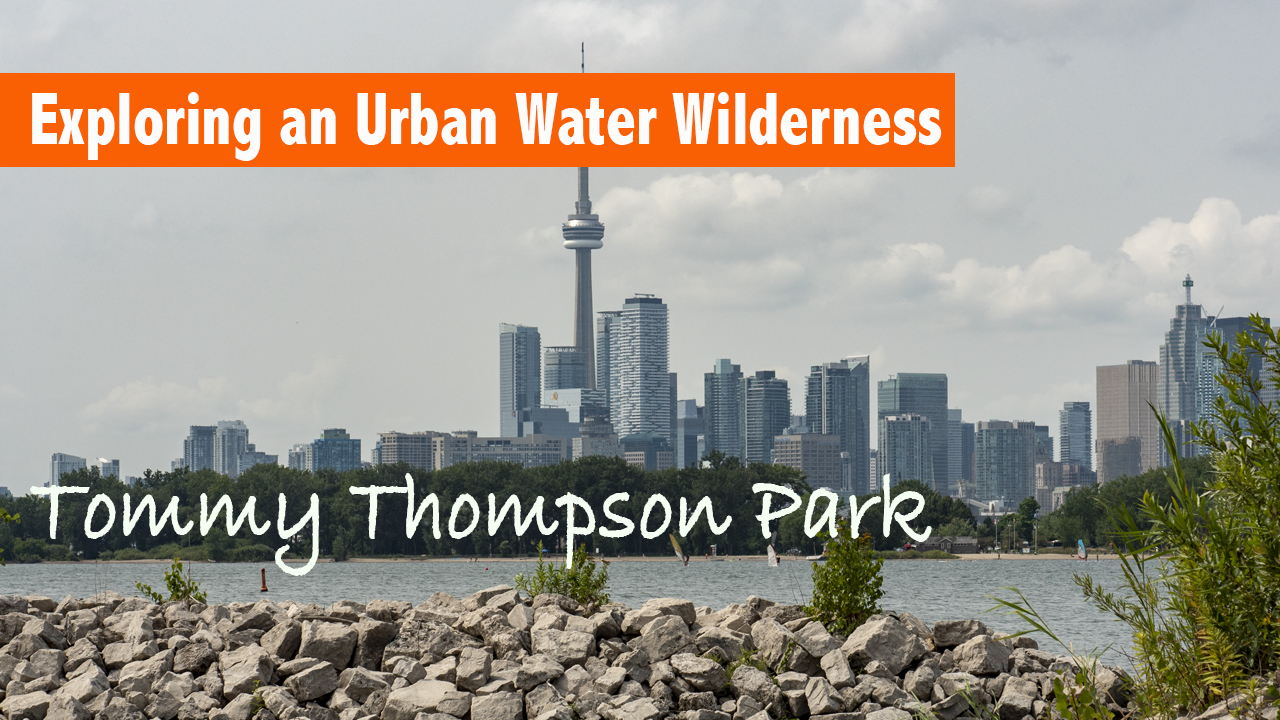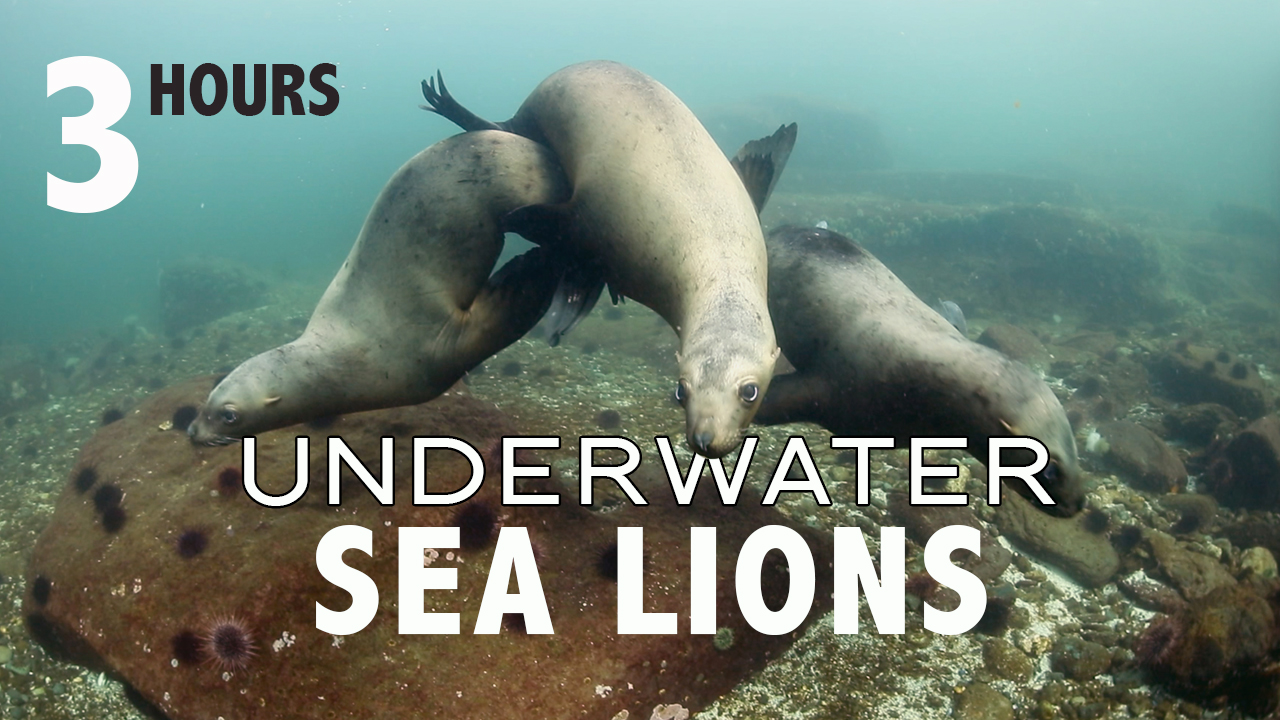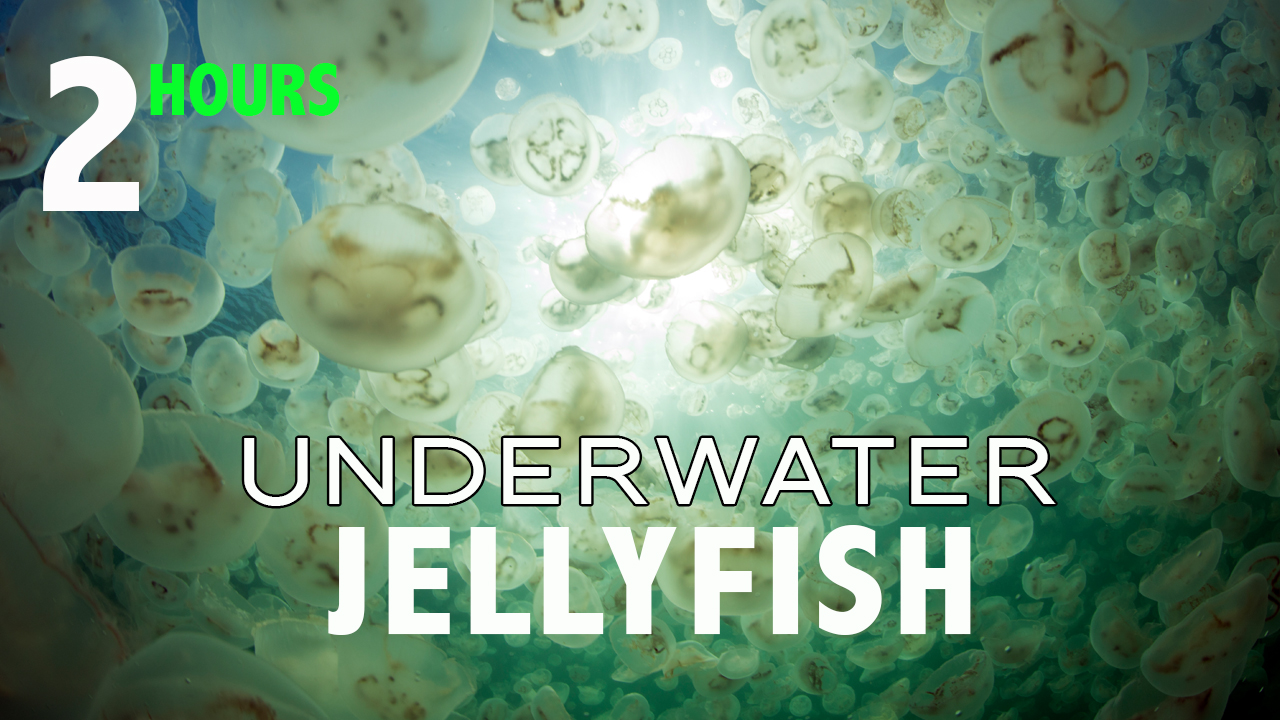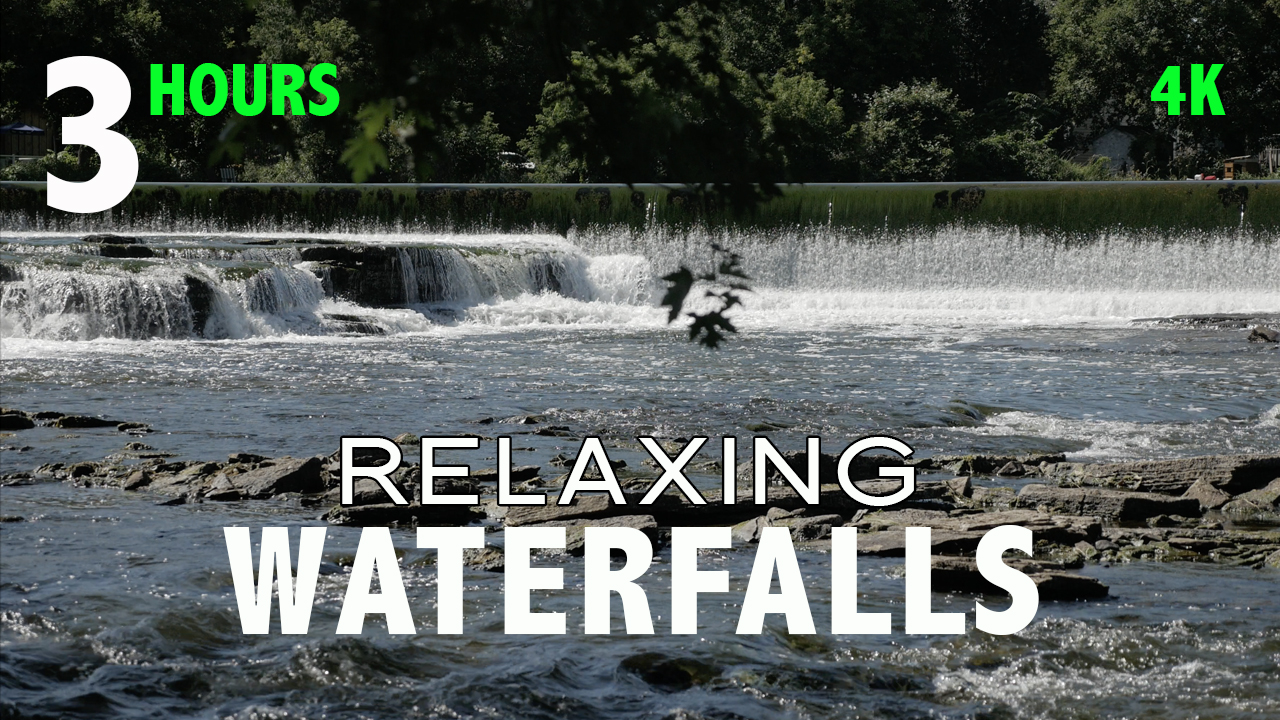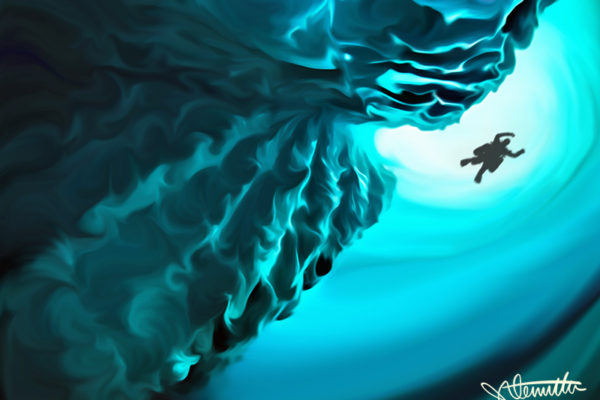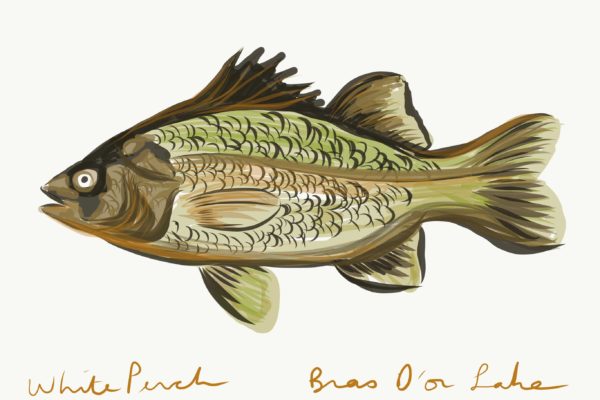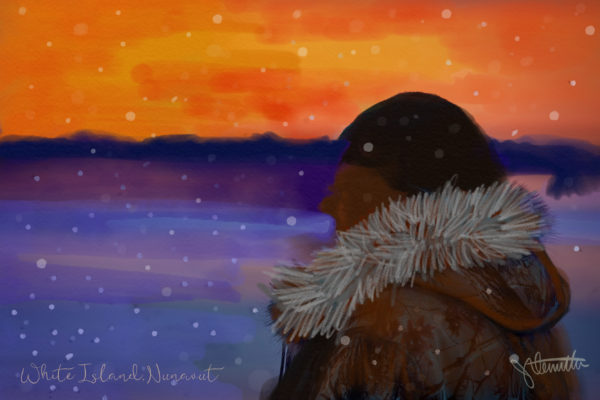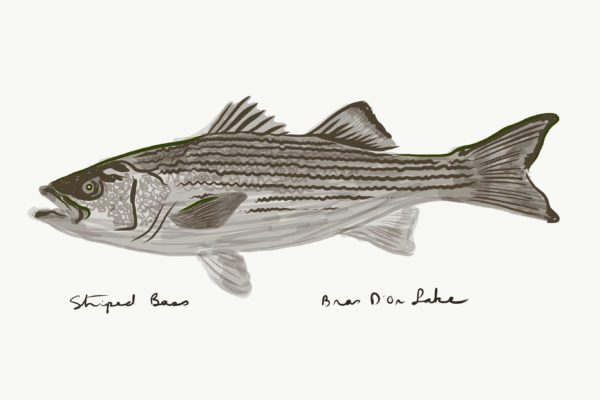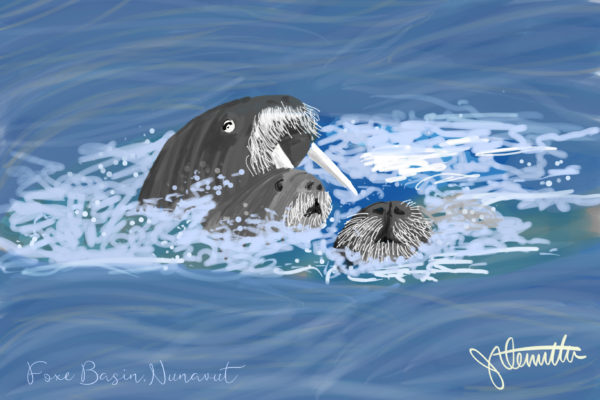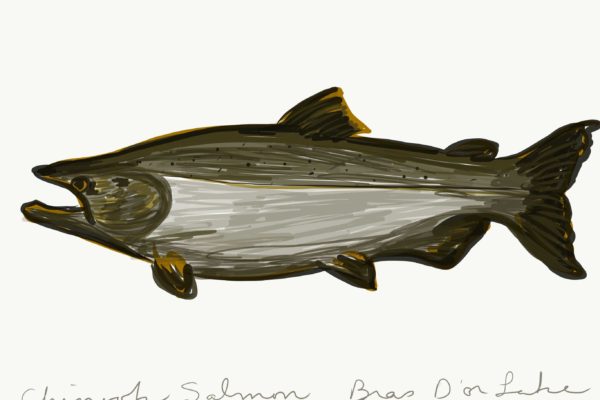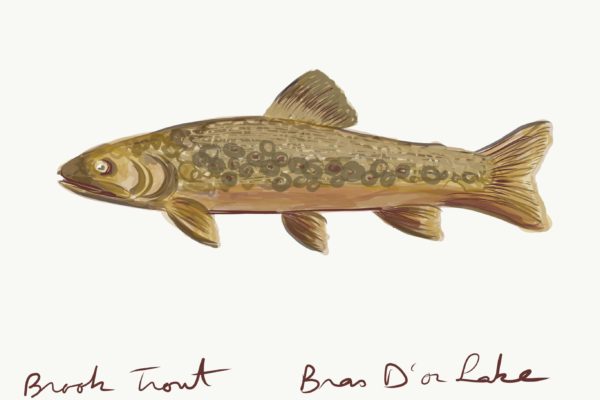From the Arctic to the Pacific, Atlantic and Great Lakes/St. Lawrence Seaway, Canada has four coasts. Canada’s water geography includes over 200,000 kilometers of coastline, more than any other country in the world. 8 percent of our territory is covered by lakes – more lake area than any other country in the world. We possess 9 percent of the world’s renewable fresh water, yet only half a percent of the global population. A Circle of Blue commissioned study found that for two-thirds of us, key issues of concern include water pollution and access to safe drinking water.
Our waterways offer tourism, recreation and commercial fishing. Our abundant reserves support the production of goods. Water irrigates our crops and bolsters the food and beverage industry. Flood control, drought mitigation, environmental purification and reserves for biodiversity; we ask a lot of our water geography.
And the health of Canadians is significantly affected by accessibility to clean, safe water. According to Environment Canada, each year 90,000 Canadians fall ill from waterborne pathogens and 90 people die. As many as 75% of water systems on First Nations reserve communities have significant threats to the quality and quantity of drinking water. In the past several years, 25 percent of Canadian municipalities have experienced periodic water shortages. People do not know where their water comes from or how they can better safeguard both quantity and quality.
As Canadians, we have an opportunity to lead the world by our example. We can live in peace and harmony with our water planet. This website celebrates the beauty of our waterways and hidden underwater vistas and brings to light water issues across our land.
Click the map points for detailed stories. This page is being constantly updated as I make my journey through Canada’s water stories in 2018 and 2019.
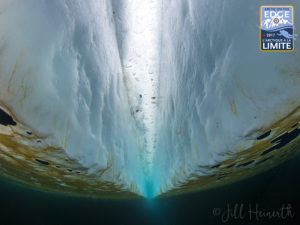
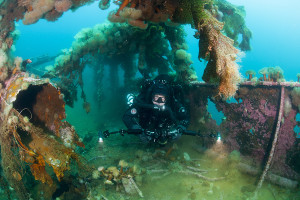
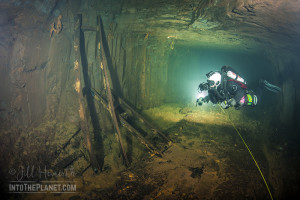 Beneath Bell Island, hundreds of kilometers of mine tunnels weave below the sea floor of Conception Bay, where the WWII wrecks reside. Abandoned in 1966, these mine passages are now flooded. Early exploration has uncovered a trove of artifacts, revealing the cultural history of mining. When the doors were shuttered, there was no inventory of assets. The tunnels contain mining relics, pipes, heavy equipment and remarkable inscriptions, telling the story of miners who died during their work on Bell Island.
Beneath Bell Island, hundreds of kilometers of mine tunnels weave below the sea floor of Conception Bay, where the WWII wrecks reside. Abandoned in 1966, these mine passages are now flooded. Early exploration has uncovered a trove of artifacts, revealing the cultural history of mining. When the doors were shuttered, there was no inventory of assets. The tunnels contain mining relics, pipes, heavy equipment and remarkable inscriptions, telling the story of miners who died during their work on Bell Island.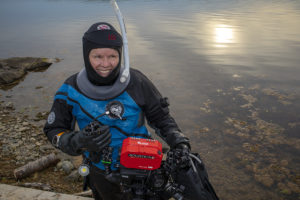 Freshwater Diving in Nova Scotia
Freshwater Diving in Nova Scotia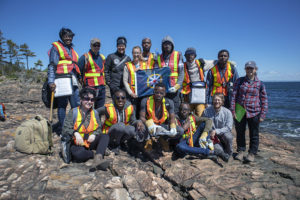
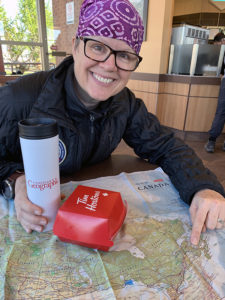
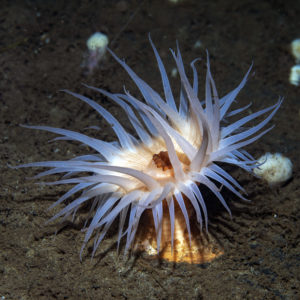 Following the St. Lawrence River to the Atlantic, Quebec offers divers a chance to get off the beaten path into colourful underwater landscapes peppered with macro life and elusive megafauna like humpback whales and rare populations of belugas and seals. Temperatures are much chillier than Ontario’s stretch of the St. Lawrence. Divers need to be prepared for near-freezing conditions. It is worth a trek to dive with local guides who will show you the very best of places like the Saguenay Fjord and legendary wrecks such as the Empress of Ireland.
Following the St. Lawrence River to the Atlantic, Quebec offers divers a chance to get off the beaten path into colourful underwater landscapes peppered with macro life and elusive megafauna like humpback whales and rare populations of belugas and seals. Temperatures are much chillier than Ontario’s stretch of the St. Lawrence. Divers need to be prepared for near-freezing conditions. It is worth a trek to dive with local guides who will show you the very best of places like the Saguenay Fjord and legendary wrecks such as the Empress of Ireland.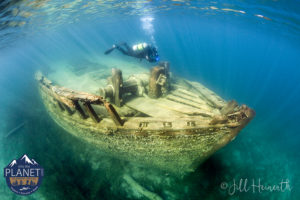 FATHOM FIVE NATIONAL MARINE PARK: The wreck of the Sweepstakes lays in Big Tub Harbour in Tobermory at Fathom Five Underwater National Marine Park.
FATHOM FIVE NATIONAL MARINE PARK: The wreck of the Sweepstakes lays in Big Tub Harbour in Tobermory at Fathom Five Underwater National Marine Park.